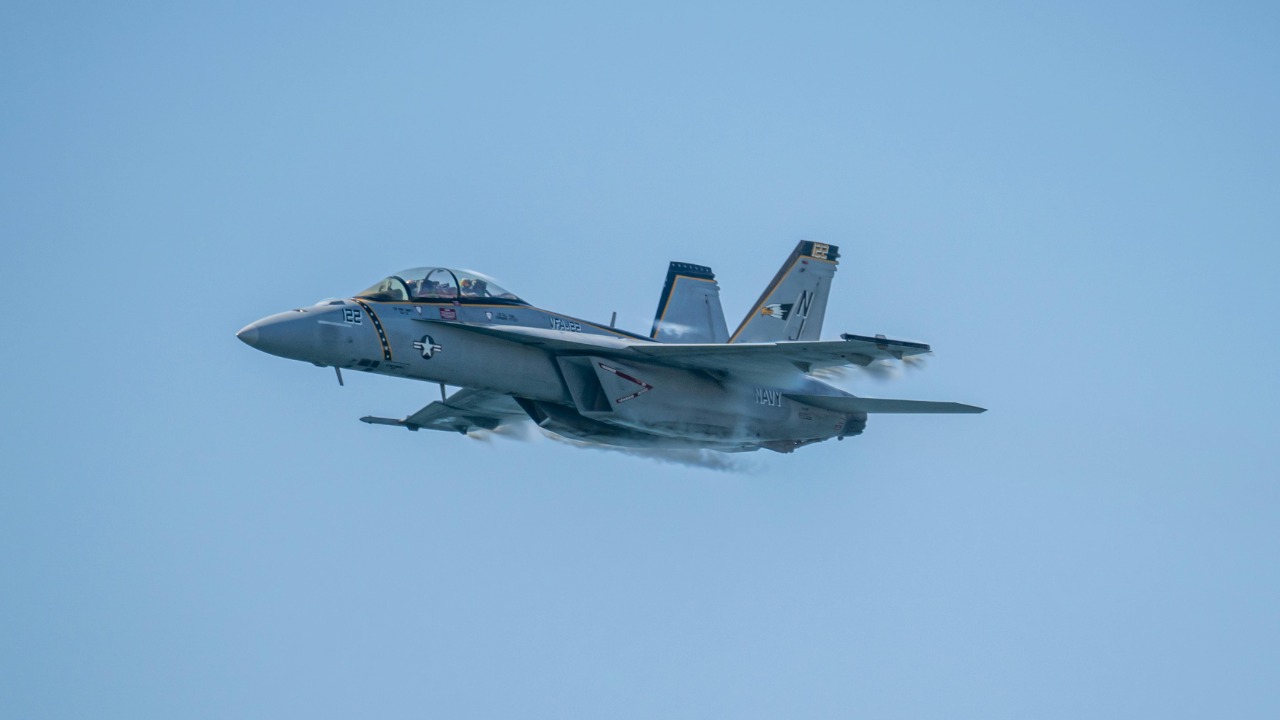
The F/A-18 Hornet has proven to be an enduring asset in military aviation, demonstrating remarkable adaptability and resilience over the decades. Its design, technological advancements, and strategic roles have all contributed to the Hornet’s longevity in service, making it a versatile platform capable of meeting various operational demands.
Design Versatility and Adaptability
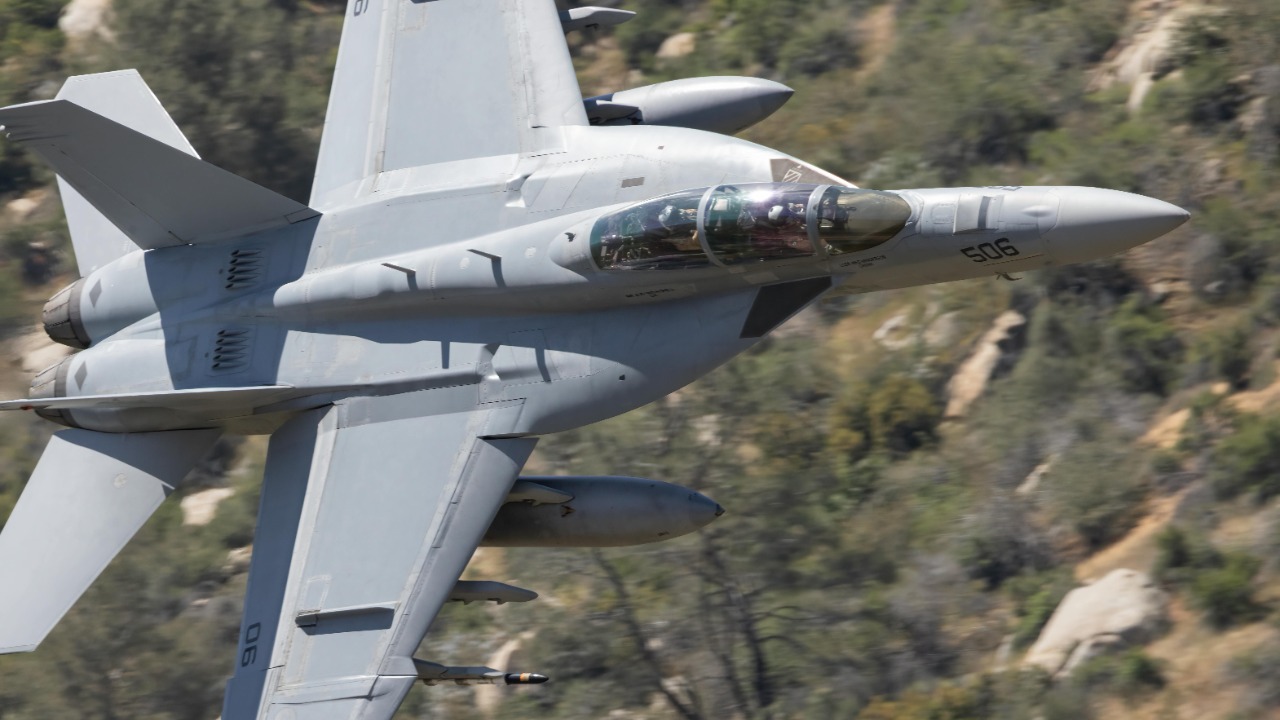
The F/A-18 Hornet’s design showcases its multi-role capabilities, allowing it to excel in air-to-air combat, ground attack, and reconnaissance missions. This versatility is a key factor in its continued relevance and operational success. The aircraft’s ability to perform different missions without the need for extensive modifications highlights its adaptability to changing combat environments.
One of the Hornet’s standout features is its carrier compatibility. Designed to operate from aircraft carriers, the F/A-18 can be deployed quickly and efficiently, enhancing strategic deployment flexibility. This capability has made it a staple in naval aviation, ensuring that it remains a critical component of carrier strike groups worldwide.
The aircraft has also benefited from continuous upgrades, particularly in avionics and systems, which keep it relevant against evolving threats. These regular updates ensure that the Hornet remains a formidable force in the skies.
Technological Advancements
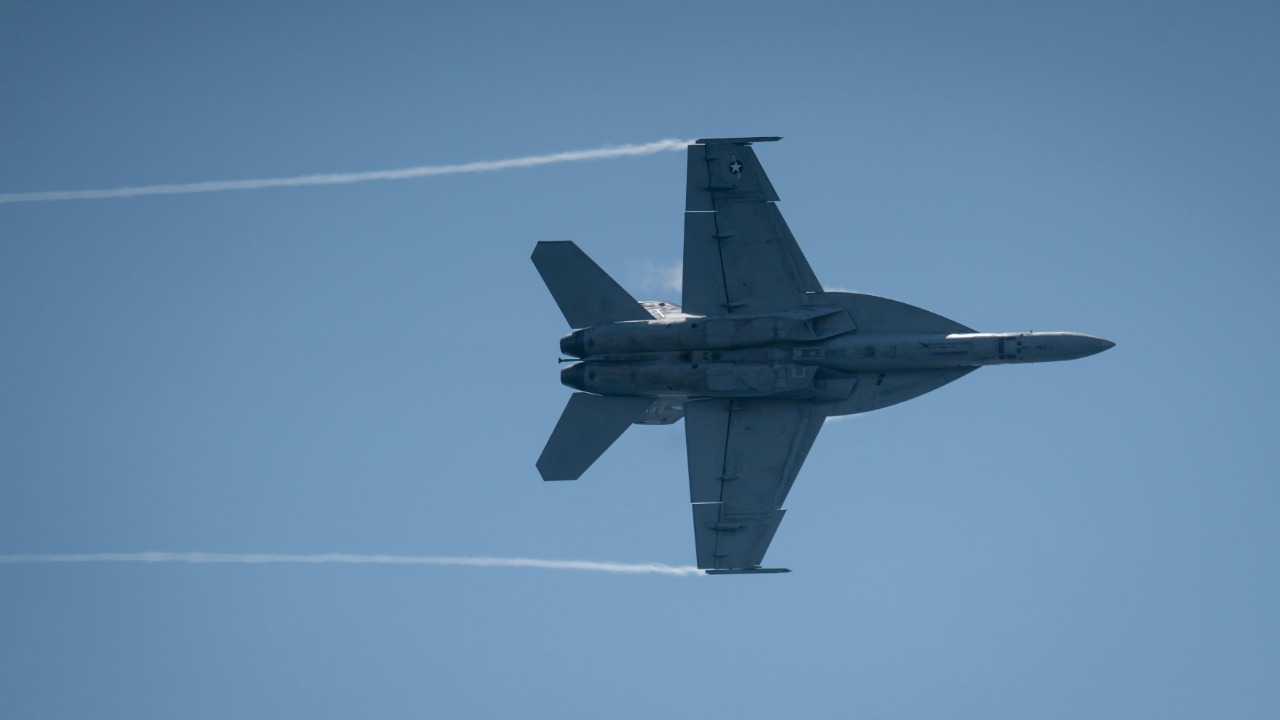
The F/A-18 Hornet is equipped with advanced avionics that integrate cutting-edge radar and electronic warfare systems. These technologies keep the aircraft competitive and capable of withstanding modern combat scenarios. The integration of new systems allows the Hornet to maintain its edge over potential adversaries, ensuring its continued operational effectiveness.
Another significant advancement lies in the Hornet’s engine performance. With powerful engines, the aircraft demonstrates enhanced maneuverability and vertical flight capabilities, crucial for modern combat scenarios. This performance is particularly advantageous in dogfights and other dynamic situations where agility is paramount.
Additionally, the Hornet’s weapon systems have been adapted to carry a wide array of modern munitions, including precision-guided weapons. This capability increases the aircraft’s mission effectiveness, allowing it to engage various targets with precision and lethality.
Strategic Roles in Modern Warfare
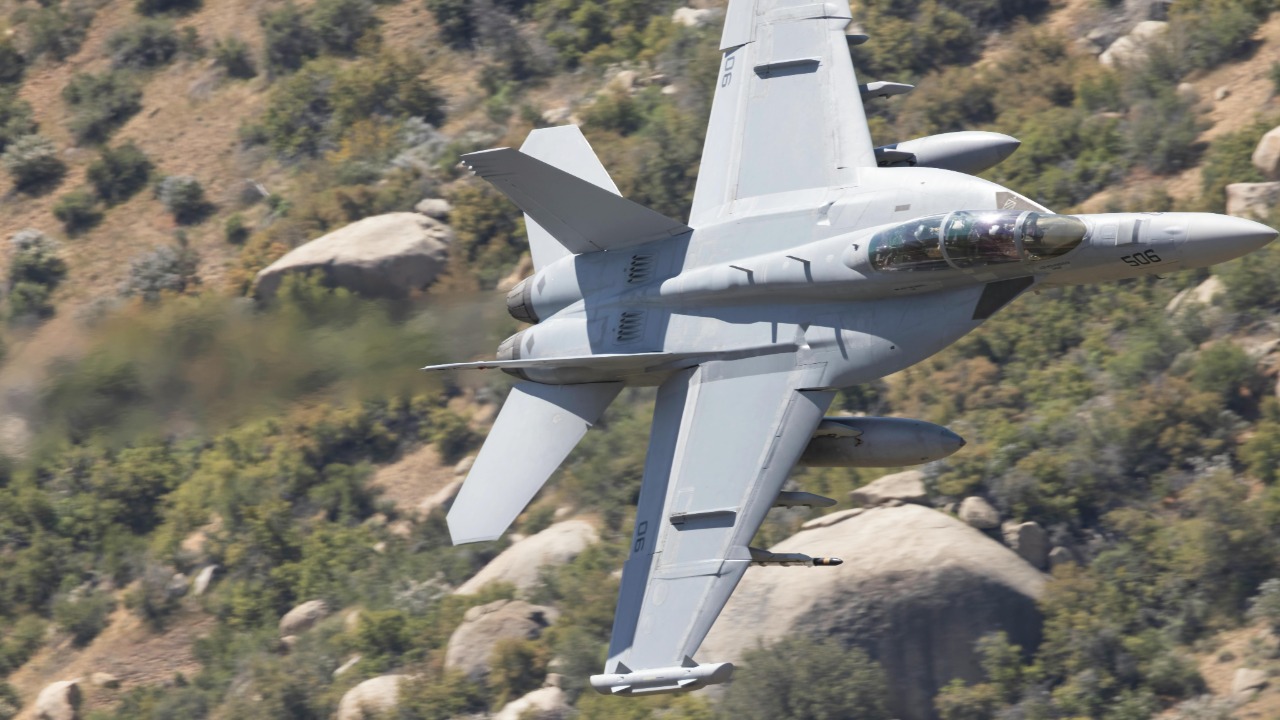
The F/A-18 Hornet’s global deployment in multiple countries’ air forces underscores its role in diverse geopolitical contexts. Its widespread use highlights the aircraft’s reliability and effectiveness across different regions and combat environments. The Hornet’s ability to adapt to various missions makes it a valuable asset in both offensive and defensive operations.
Interoperability is another key strength of the Hornet. Its design allows for seamless integration with allied forces, enhancing coalition operations and enabling more coordinated and effective missions. As a force multiplier, the F/A-18 can perform a range of missions, making it an indispensable tool for military planners. Its versatility and adaptability ensure that it can meet the demands of modern warfare, providing a strategic advantage to operators.
Operational Efficiency and Cost-effectiveness
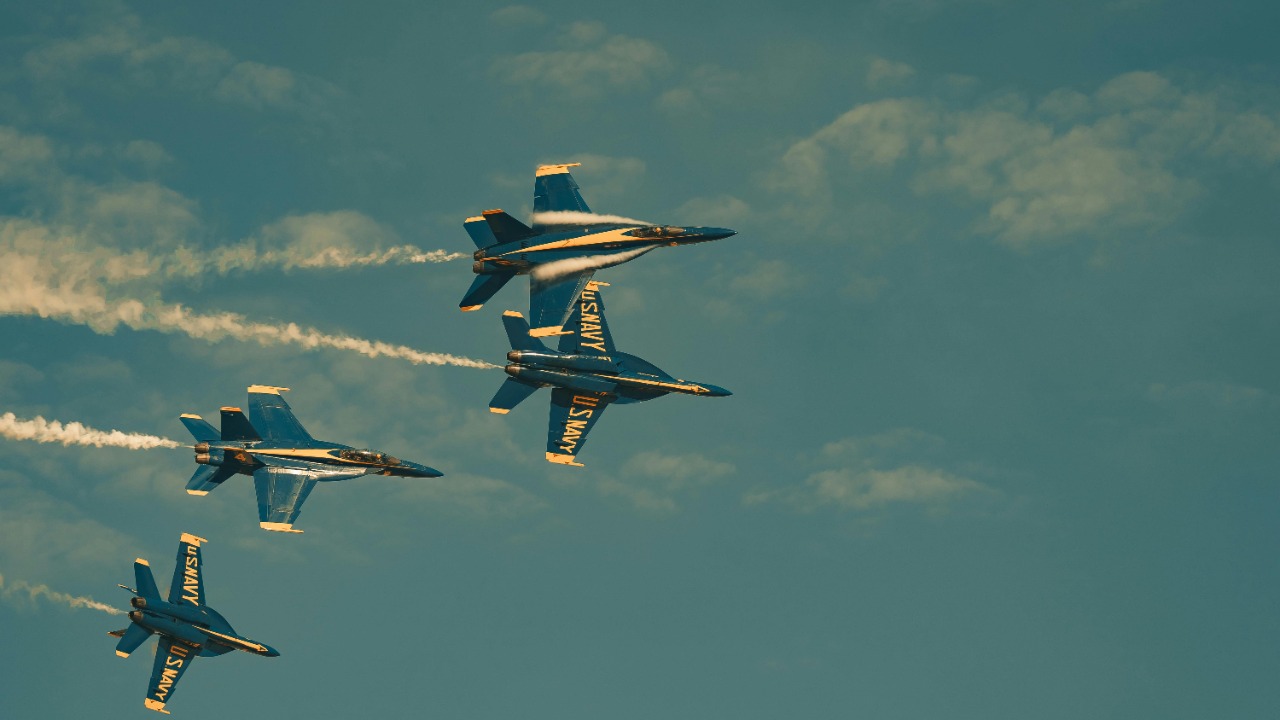
The operational efficiency of the F/A-18 Hornet can be attributed to streamlined maintenance procedures and a robust supply chain. These factors contribute to the aircraft’s readiness and availability, ensuring that it can be deployed whenever needed. The focus on efficient maintenance practices helps keep operational costs manageable while maximizing the Hornet’s time in the air.
The cost-benefit ratio of the Hornet is another reason for its enduring popularity. It offers a balance of performance and affordability, making it a preferred choice for budget-conscious militaries. Effective lifecycle management practices extend the aircraft’s service life, providing a significant return on investment for operators. This cost-effectiveness ensures that the Hornet remains a viable option for air forces around the world.
Pilot and Crew Training Programs
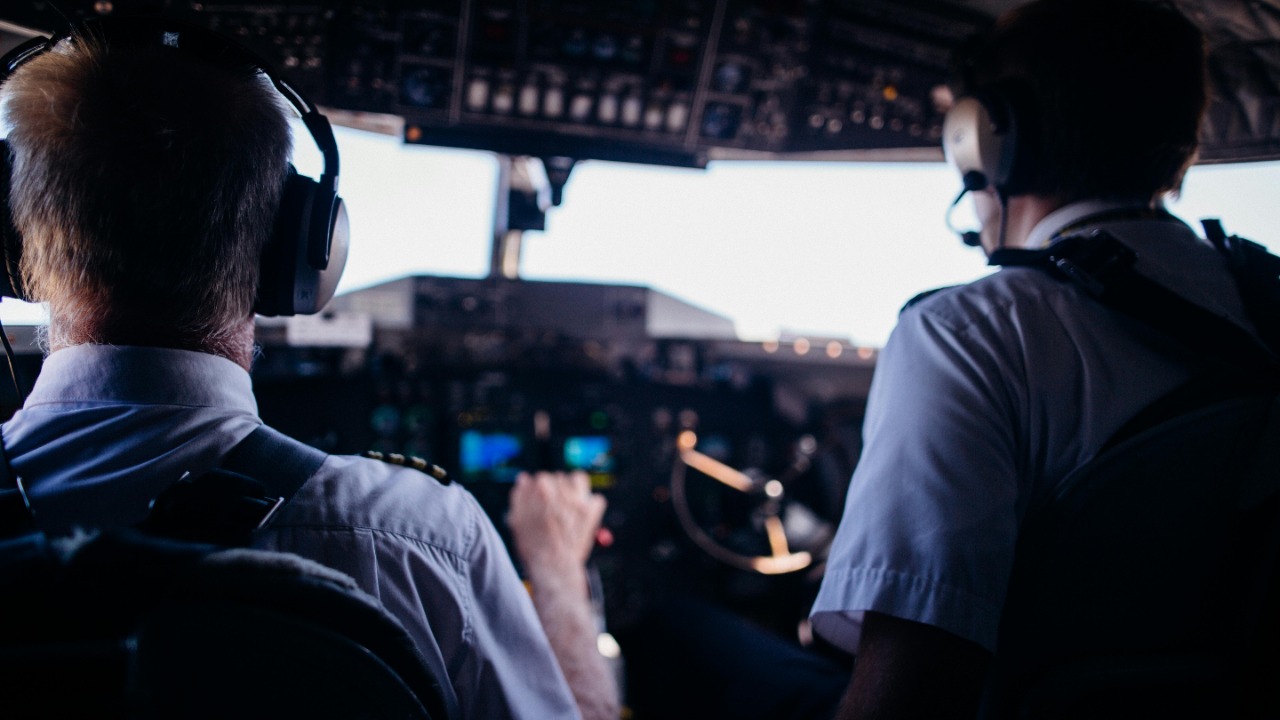
Pilot and crew training programs for the F/A-18 Hornet are comprehensive, ensuring that operators can exploit the aircraft’s full capabilities. Advanced simulators and rigorous training regimens provide pilots with the skills and knowledge needed to operate the Hornet effectively. These programs ensure that crews are well-prepared for the challenges they may face in combat situations.
Safety protocols are also a critical component of training programs, with an emphasis on safety and emergency procedures that enhance mission success and crew survival. Continuous learning and updates to training programs keep pilots adept with the latest technological and tactical developments, ensuring that they remain capable of handling evolving threats and scenarios.
International Collaborations and Legacy

International collaborations have played a significant role in the development and success of the F/A-18 Hornet. Joint development projects have fostered innovation and shared expertise, leading to continuous improvements and advancements in the aircraft’s capabilities. These partnerships have also contributed to the Hornet’s global appeal and widespread adoption.
The legacy and influence of the F/A-18 Hornet extend beyond its operational use. Its success has influenced the design and development of future fighter aircraft, setting a benchmark for versatility and performance. The Hornet’s adaptability and proven track record make it a popular choice among international military buyers, further cementing its place in aviation history as a reliable and enduring platform.
For more information on the F/A-18 Super Hornet’s longevity, its operational history, or the fascinating technical details of its vertical flight capabilities, click the links provided.